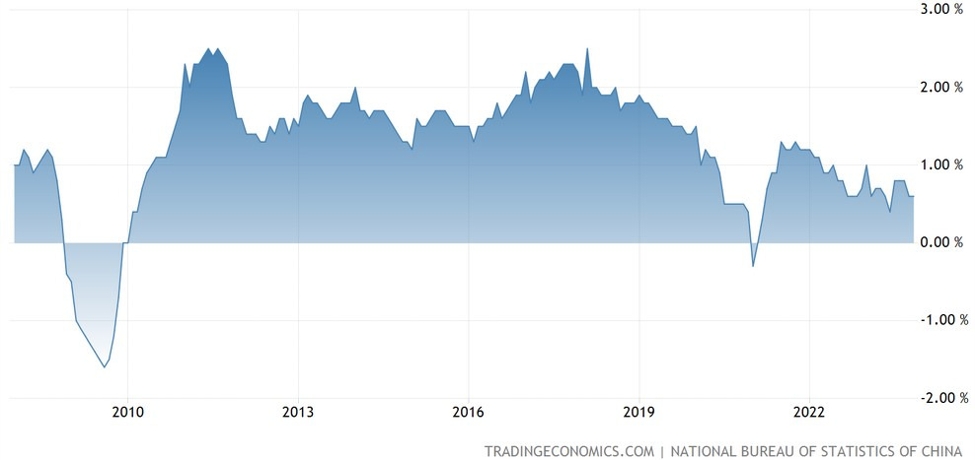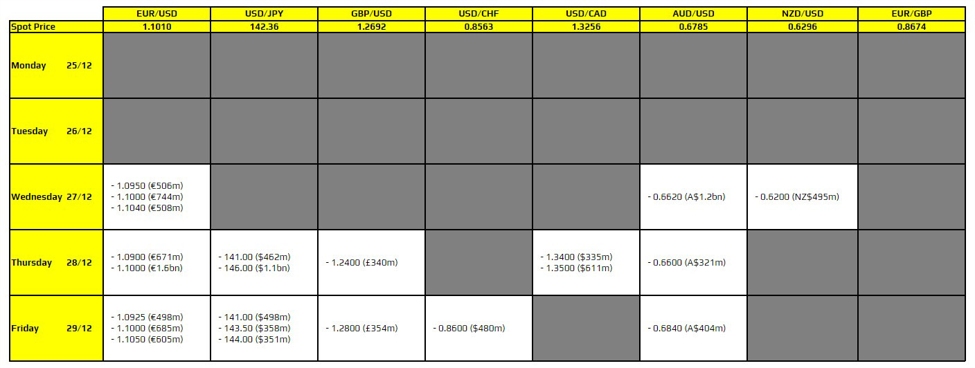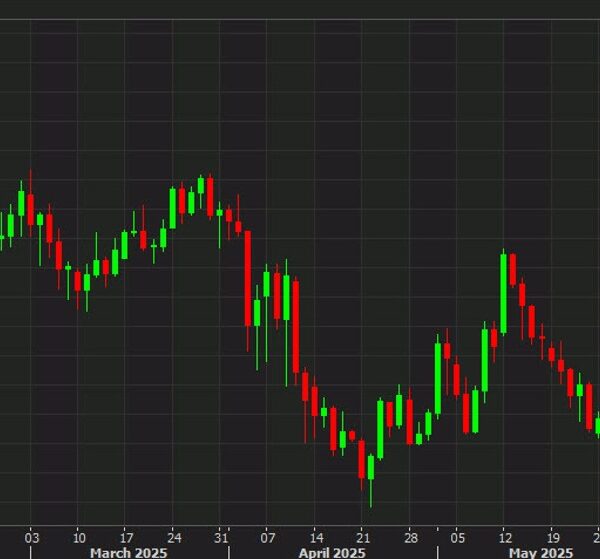Monday begins quietly the Summer Bank Holiday in the U.K. In the U.S., new home sales data will be released.
On Tuesday, Australia will publish the RBA monetary policy meeting minutes, while Japan releases the BoJ core CPI y/y. In the U.S., attention will be on durable goods orders m/m, CB consumer confidence, and the Richmond manufacturing index.
Wednesday’s focus will be on Australian inflation data and on Thursday, key U.S. releases will include the preliminary GDP q/q, unemployment claims, and pending home sales m/m.
Friday brings a busy schedule, with Japan releasing the Tokyo core CPI y/y, Canada reporting GDP m/m, and the U.S. publishing the core PCE price index m/m, personal income m/m, personal spending m/m, as well as the revised University of Michigan consumer sentiment and inflation expectations.
Throughout the week, several FOMC members are expected to deliver remarks, and markets will be watching closely for any signals regarding the possibility of a September rate cut.
In the U.S., the consensus for new home sales is 635K vs prior 627K. The expected increase is likely supported by a pickup in single-family starts.
While builders offer a variety of incentives to potential buyers, high mortgage rates continue to keep affordability constrained, leaving sales roughly 7% below last year’s pace.
In the U.S., the consensus for core durable goods orders m/m is 0.3% vs prior 0.2%, while durable goods orders m/m are expected at -3.8% vs prior -9.4%. According to analysts at Wells Fargo, the decline is largely due to a pullback in Boeing bookings and weaker demand for non-defense aircraft.
Excluding transportation, orders are expected to edge 0.2% higher, though year-to-date gains are being eroded once inflation is taken into account. With borrowing costs still elevated, trade policy uncertain, and equipment prices rising, businesses have little appetite for large-scale investments. Analysts anticipate business equipment spending will weaken further in the second half of the year.
Australia’s July monthly CPI is expected to rebound to 2.3% y/y, up from June’s softer 1.9% reading. June’s downside surprise was driven by a drop in electricity prices, as retailers offered discounts and reduced charges, which offset the impact of the government scaling back rebates.
For July, Westpac analysts expect a 0.5% m/m increase, with risks tilted to the upside as the reversal of rebates and higher electricity bills begin to flow through.
In Japan, the consensus is for Tokyo core CPI y/y to fall from 2.9% to 2.6%. Analysts note that softer energy prices are the main driver of the decline, while fresh food prices remain elevated.
The “super-core” measure (excluding fresh food and energy) is expected to stay above 3%, highlighting sticky underlying inflation. Traders will pay close attention to services inflation for any upside surprise, as this could fuel expectations of a gradual policy shift. That said, the BoJ is not expected to deliver a rate hike this year.
In the U.S., the consensus for the core PCE price index m/m is 0.3% vs prior 0.3%. Personal income m/m is expected at 0.4% vs prior 0.3%, while personal spending m/m is forecast at 0.5% vs prior 0.3%.
According to Wells Fargo analysts, U.S. consumers remain selective with spending as discretionary services slipped in June and restaurant sales softened in July. However, demand for goods is showing signs of stabilizing. A 0.5% increase in the “control group” of retail sales points to firmer consumption, with overall personal spending expected to rise 0.5% in July, the strongest gain since March.
Incomes are also forecast to rise 0.5%, supported by firmer wage growth and a rebound in hours worked. However, inflation pressures are set to intensify: core PCE is expected to increase 0.3% m/m, pushing the y/y rate to 2.9%, the highest since February. With tariffs driving costs higher and inflation likely to climb above 3% by year-end, the Fed faces a growing challenge in balancing slowing growth with sticky inflation.














